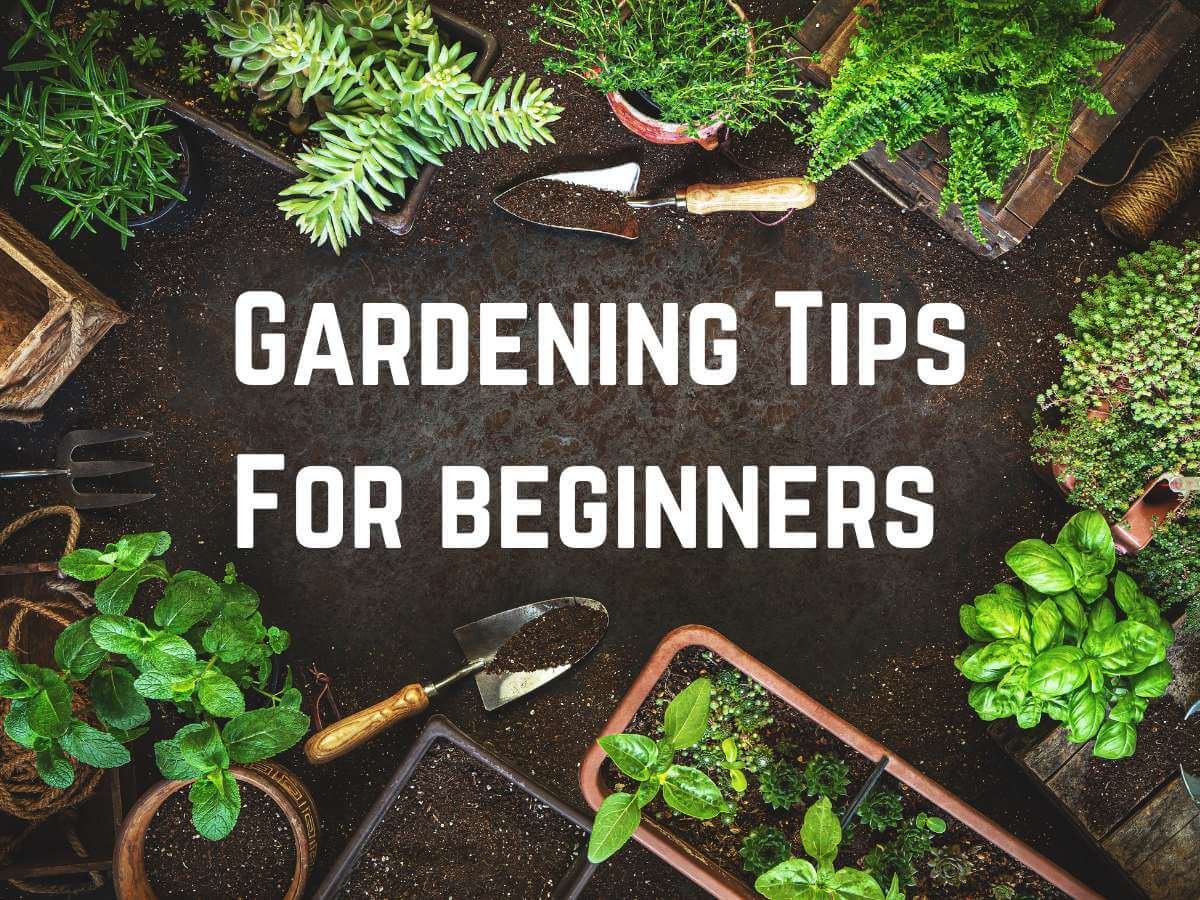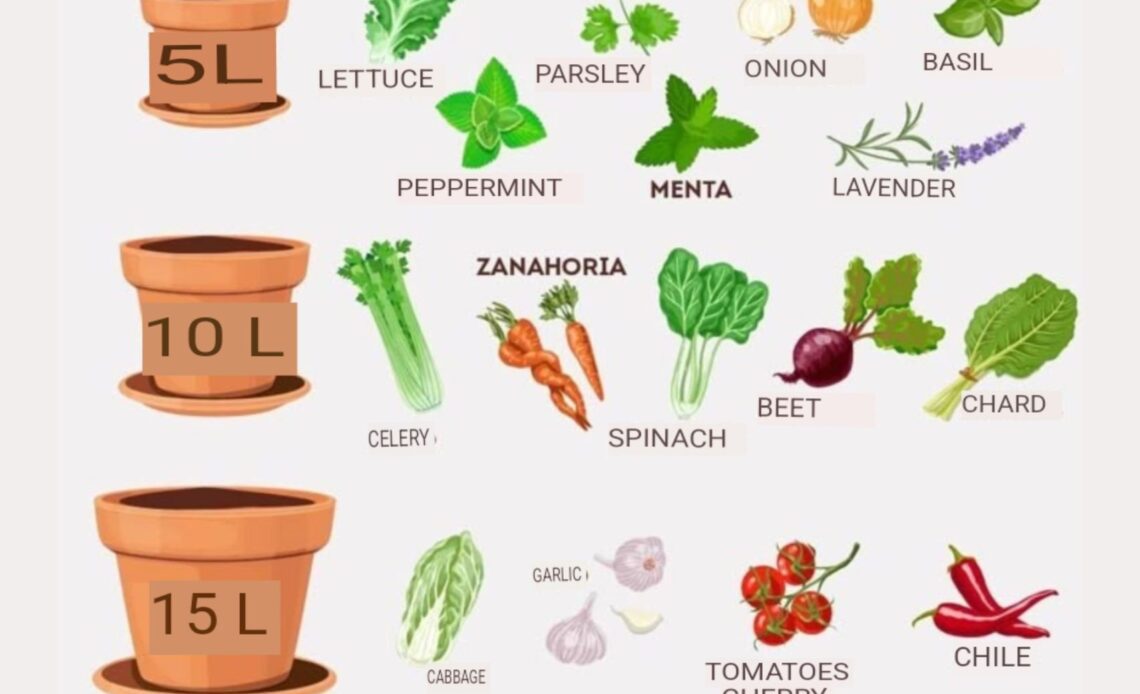Choosing the right flowerpot for your crops is a crucial step in ensuring healthy growth and maximizing yield, especially when gardening in limited spaces. Different plants have varying root structures and nutrient needs, making pot selection an essential factor in their overall success. This guide will help you determine the best flowerpot sizes and materials for various crops while considering proper drainage, aeration, and placement to support plant health and productivity.
### Understanding Pot Sizes for Different Crops

Selecting the correct pot size is vital for providing sufficient space for root development. Here’s a breakdown of suitable pot sizes for different types of plants:
#### Small Pots (5L) – Best for Herbs & Small Plants
Small pots are perfect for plants with shallow root systems. These include:
– **Lettuce**
– **Parsley**
– **Onion**
– **Basil**
– **Peppermint**
– **Mint**
– **Lavender**
**Tips:** These pots are ideal for balconies, windowsills, or compact gardens. Ensure they have proper drainage to prevent waterlogging.
#### Medium Pots (10L) – For Deeper Roots
Medium-sized pots accommodate plants that require more depth for root expansion. Suitable crops include:
– **Celery**
– **Carrots**
– **Spinach**
– **Beets**
– **Chard**
**Tips:** These pots provide enough room for growing medium-depth root crops, improving their nutrient intake and growth potential.
#### Large Pots (15L) – For Bigger Plants
Larger plants need more space for root growth and stability. This size is best for:
– **Cabbage**
– **Garlic**
– **Cherry tomatoes**
– **Chili peppers**
**Tips:** These pots allow for stronger root anchoring, leading to healthier and more productive plants.
#### Extra-Large Pots (20L) – For Extensive Root Systems

Plants with deeper or spreading root systems require extra-large pots. Suitable crops include:
– **Cucumbers**
– **Broccoli**
– **Tomatoes**
– **Potatoes**
**Tips:** These pots provide the space needed for larger crops to develop robust roots, essential for nutrient uptake and stability.
### Choosing the Right Pot Material
The material of the pot impacts water retention, temperature regulation, and overall plant health. Here are some common pot materials and their benefits:
#### **Clay Pots**
– Excellent breathability, preventing root rot
– Heavy, reducing the risk of tipping over
– Aesthetic appeal for decorative gardening
– Requires frequent watering due to moisture loss
#### **Plastic Pots**
– Lightweight and easy to move
– Retains moisture well, reducing watering frequency
– Affordable and available in various sizes and designs
– Less breathable, which may increase the risk of root rot if overwatered
#### **Fabric Pots**
– Provides superior aeration and drainage
– Encourages air pruning for healthier root growth
– Prevents water retention issues
– May dry out quickly and require more frequent watering
### Drainage Considerations
Regardless of the pot size or material, proper drainage is crucial to prevent root rot and fungal diseases. Follow these tips to improve drainage:
– Ensure pots have drainage holes at the bottom
– Use gravel or small stones at the base to promote water flow
– Avoid overwatering by checking soil moisture before watering
### Placement and Sunlight Requirements

The placement of your pots plays a significant role in plant health. Consider the following factors:
– **Full Sun Crops** (tomatoes, peppers, cucumbers) require at least 6-8 hours of sunlight daily.
– **Partial Sun Crops** (lettuce, spinach, herbs) thrive with 4-6 hours of indirect sunlight.
– **Indoor Plants** need access to bright, indirect light or supplemental grow lights.
### Additional Tips for Success

– Rotate pots occasionally to ensure even sunlight exposure.
– Use high-quality potting mix enriched with organic matter to support plant growth.
– Monitor and adjust watering based on the season and plant needs.
– Fertilize regularly with appropriate nutrients for each crop type.
– Consider future plant growth when selecting pot size to prevent frequent transplanting.
By choosing the right flowerpot, you provide an optimal environment for your crops, leading to healthier plants and better yields. With careful consideration of pot size, material, and placement, your container garden will thrive, offering fresh produce right at your doorstep.
